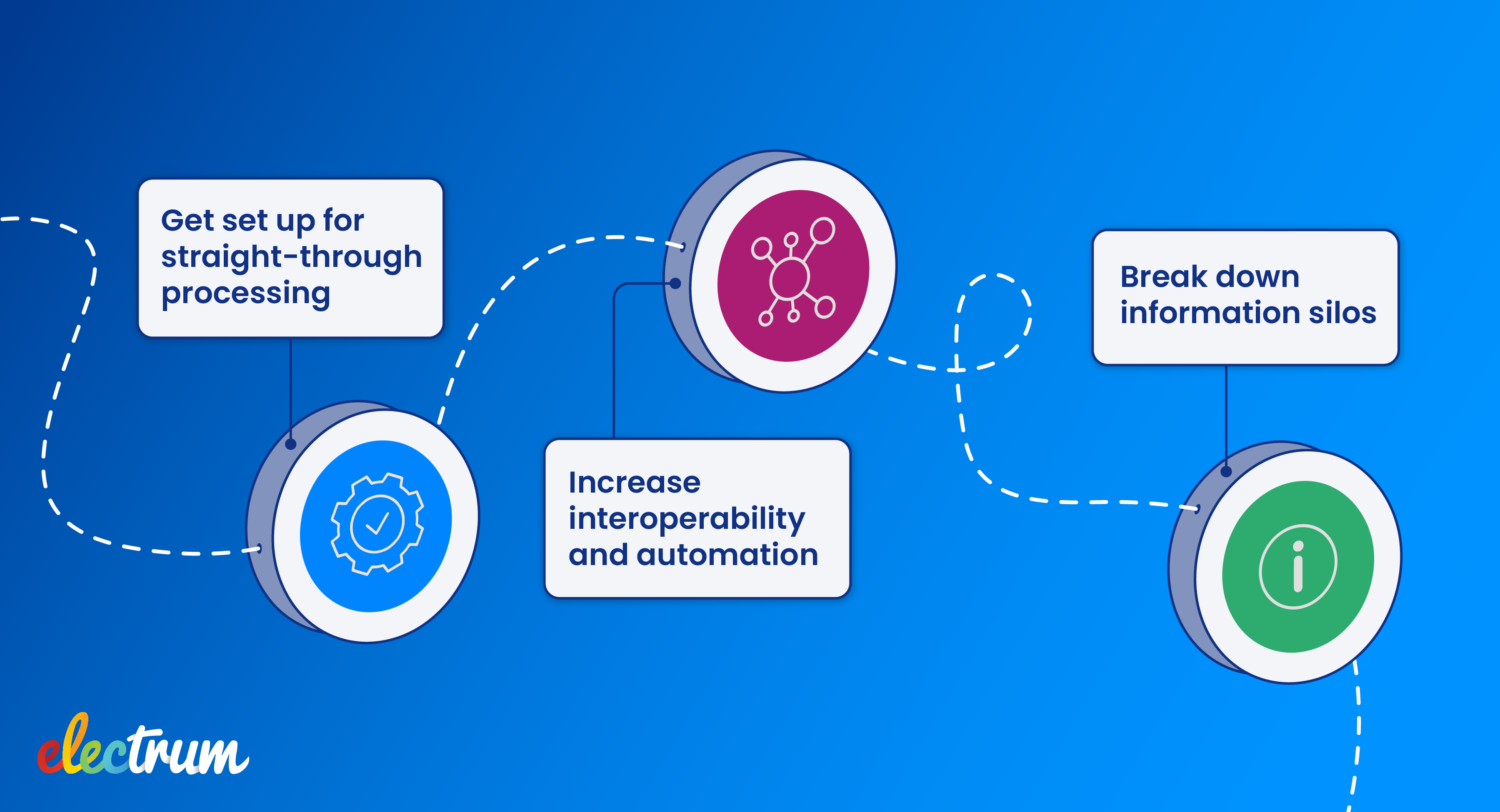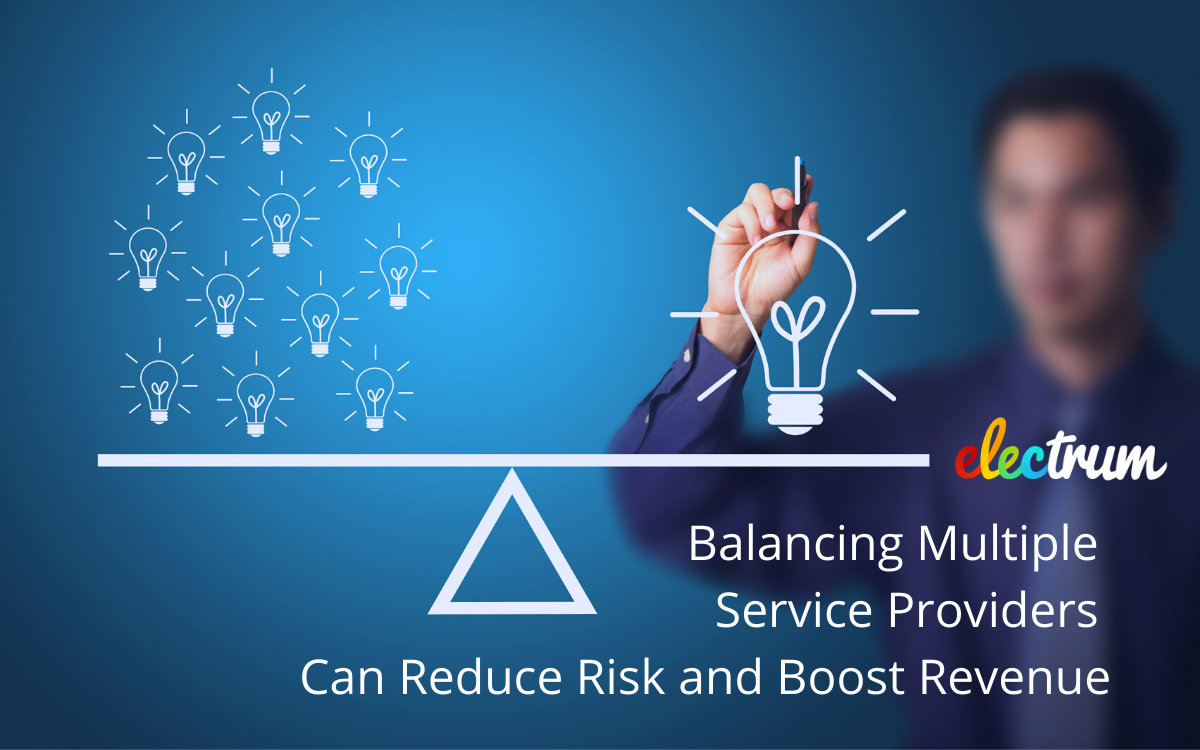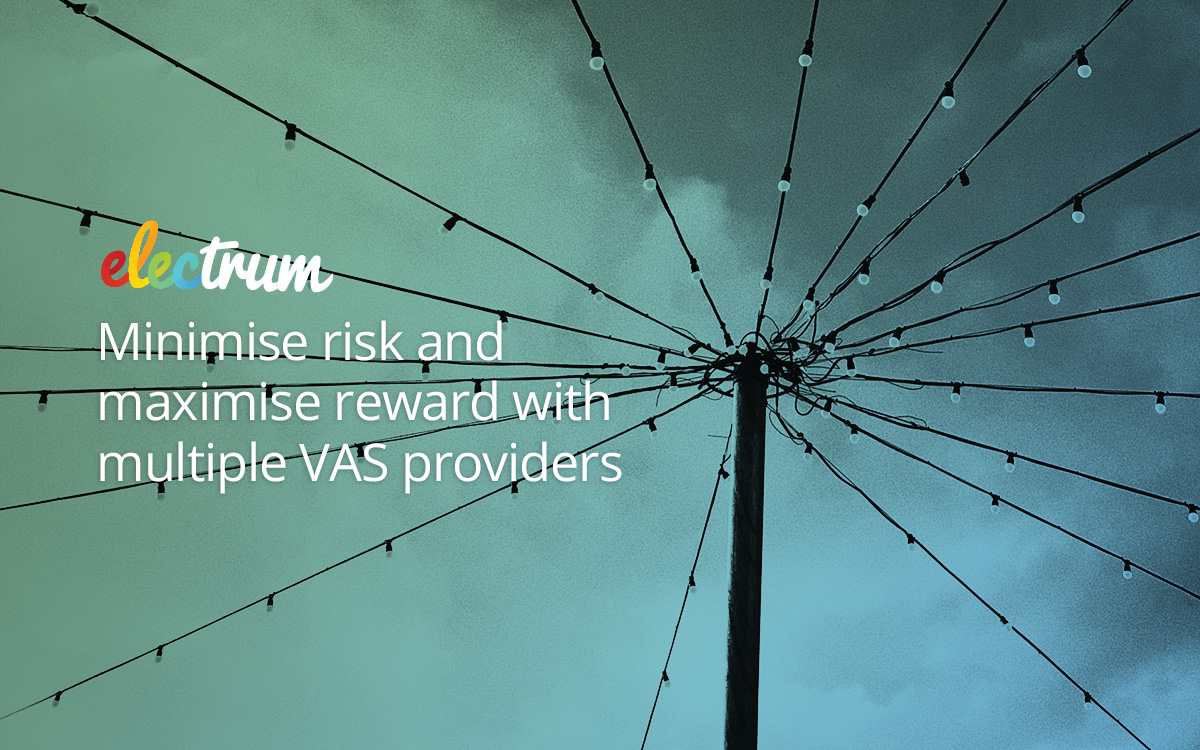
Are you sure that you are considering the full transaction lifecycle of your digital goods and services transactions? Business Architect, Neil MacKellar, unpacks the importance of keeping sight of all stages of the VAS process.
Traditional payment transactions have a well-established lifecycle. This is defined by strict protocols to regulate the interaction between merchants, banks, card schemes, and payment processors. In comparison, transactions that enable the provision of digital goods and services (for simplicity we like to call these value-added services, or VAS transactions) follow an analogous lifecycle, but with much more loosely-defined protocols. We compare both processes below.
How does a closer appreciation for the VAS transaction lifecycle benefit VAS businesses?
It is important to realise that the transaction doesn’t end when a happy customer walks away with their digital product. If that transaction can’t be smoothly moved through the process until final settlement, it can result in delayed or inaccurate payment. This often requires a large manual overhead to correct, putting limitations on how businesses can extract the full value of their VAS offerings.
VAS transaction processing has, unfortunately, inherited much of the siloed structure of traditional payments. Information on each step of the process tends to get stuck in its silo, resulting in a lack of visibility across the full lifecycle. Batch processing of data passed between silos can cause unnecessary delays where a small number of inconsistencies hold up the processing of a large number of successful transactions. Different tools and processes operating within each silo further hinder the smooth end-to-end processing of transactions.
In addition to these internal factors, VAS transactions are made up of a diverse array of digital products serviced by a multitude of providers. Because of this, and the rapid evolution in this space, there are few established standards when it comes to exchanging transactional information between parties. This adds considerable complexity since at all phases of the cycle business partners need to ensure that inputs to, and outputs from, their processes are consistent and reliable. Where this is probably most evident is in reconciliation and billing. For a merchant to accurately reconcile transactions with multiple service providers, they need to consume inputs from disparate third-party sources. This often puts strain on existing tools and results in inefficient manual workarounds.
So, how can businesses maximise value from their VAS transactions? Here are our key recommendations:
1. Get set up for straight-through processing.
Happy-day transactions should enjoy a frictionless path from initiation to settlement, so the right tools and automated processes need to be in place to enable this. Only those transactions that are problematic should require manual intervention and investigation.
2. Break down information silos.
If commission revenue is down this month, is this because of real-time operational failures? Or was there a problem with billing? A top-down view of the full transaction lifecycle will provide the visibility required to easily answer these questions.
3. Increase interoperability and automation.
Ensure that processes talk to each other seamlessly and that tedious and error-prone manual labour is automated. This will free up resources to focus on core business rather than the systems needed to support it
The take-home message here is that the transaction lifecycle shouldn’t be seen as a set of discrete and disconnected steps. Rather, it should be thought of as a continuous end-to-end process, with the right tools in place to ensure operational efficiency and maximum business benefit.
Want to learn more about how Electrum Finance can close the loop of your VAS business? Contact us today.

Neil MacKellar
Neil MacKellar is a former climate scientist, turned java developer, turned product manager, turned business architect at Electrum.
Electrum Newsletter
Quarterly insights and news to help you keep up with the latest changes in the payments landscape







